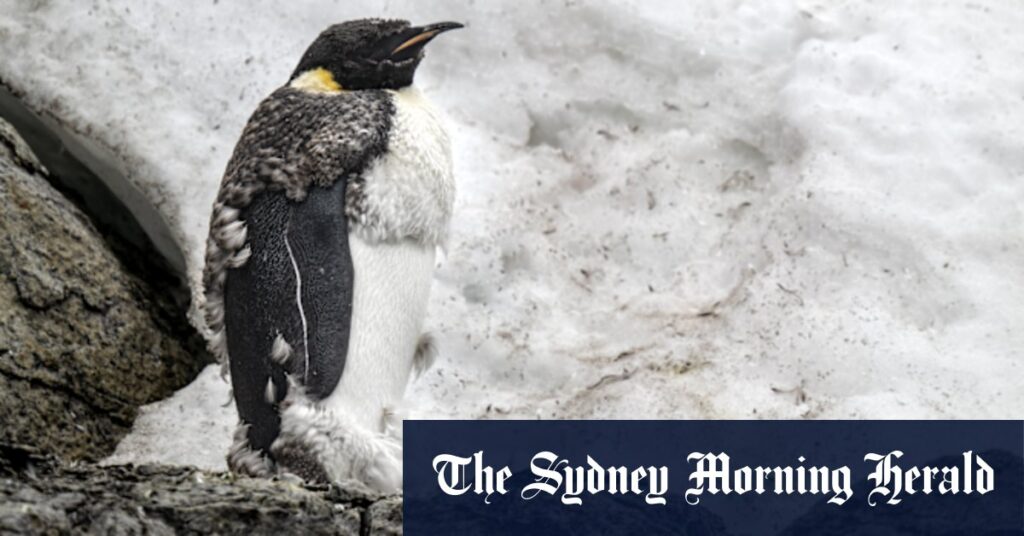“As sea ice is lost from the ocean surface, it is also changing the amount of solar heat being retained in the climate system, and that is expected to worsen warming in the Antarctic region,” Abram said.
“Other changes to the continent could soon become unstoppable, including the loss of Antarctic ice shelves and vulnerable parts of the Antarctic ice sheet that they hold behind them.”
A critical threshold for the collapse of the West Antarctic Ice Sheet was estimated to be about two degrees of global average warming above pre-industrial temperatures, but a partial collapse could occur under lower temperatures, the scientists reported.
In 2024, global temperatures reached an average 1.5 degrees above pre-industrial averages, although the Paris Agreement only considers the target breached when average temperatures have been above that level for 20 years.
The 10 warmest years on record have been the past 10 years.
“The decline in Antarctic sea ice and the slowdown of deep circulation in the Southern Ocean are showing worrying signs of being more susceptible to a warming climate than previously thought,” Abram said.
Study co-author Professor Matthew England, from the University of NSW and the ARC Australian Centre for Excellence in Antarctic Science (ACEAS), said the observed changes would lead to profound impacts on Australia without urgent intervention.
“Consequences for Australia include rising sea levels that will impact our coastal communities, a warmer and deoxygenated Southern Ocean being less able to remove carbon dioxide from the atmosphere, leading to more intense warming in Australia and beyond, and increased regional warming from Antarctic sea ice loss,” England said.
Repeated breeding failures linked with diminishing sea-ice coverage could have devastating impacts, including on emperor penguins, researchers found.
A grim outlook.Credit: Matt Golding
Emperor penguins breed on landfast sea ice (known as “fast ice”) between March or April and January. But with many regions of multiyear “fast ice” becoming seasonal, researchers believe emperor penguins are in trouble.
“Of the 60+ known colonies [on Antarctica], 30 have experienced increased or complete breeding failure events since 2016 due to early fast-ice loss, and 16 colonies have suffered two or more such events,” they wrote.
England said emperor penguin chicks relied on stable sea ice habitats before their waterproof feathers grew in.
“The loss of entire colonies of chicks has been seen right around the Antarctic coast because of early sea ice breakout events, and some colonies have experienced multiple breeding failure events over the last decade.”
Loading
Get to the heart of what’s happening with climate change and the environment. Sign up for our fortnightly Environment newsletter.
Read the full article here

















